A Good Story, Well Told
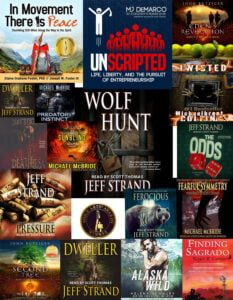
Musings at the Mic – BY SCOTT THOMAS One of the things I’ve learned over […]
Why Hire a Professional Narrator?

Musings at the Mic – BY SCOTT THOMAS We’ve all seen them. We’ve heard them, too. The local radio, cable or tv commercial that would make a corpse cringe. Bad audio, poorly written, horribly read. Sometimes, they’re so bad, they are memorable – but for the […]
Audiobook Narration
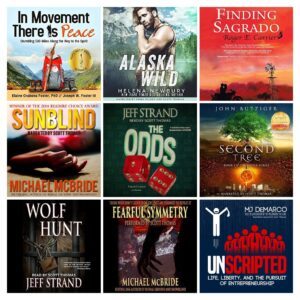
Musings at the Mic – BY SCOTT THOMAS Have you ever run a marathon? To narrators and voice actors, audiobook narration IS the marathon of voice overs. On average, we’re talking around five hours of continuous recording every day – day after day, possibly week after week…and that’s just to complete one project. Finish […]
Mics for Voice Over
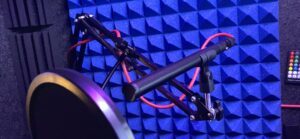
Musing at the Mic – BY SCOTT THOMAS Your mic. It’s the tool of your trade as a voice over artist. The heart and soul of your vo business. Choosing the right mic for voice over can be tricky, so if you’re in the market for a studio mic – that one piece of equipment […]
Home Studio Tips
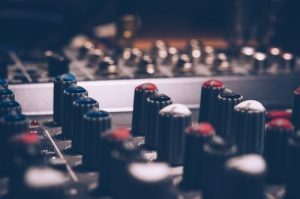
Musings at the Mic – BY SCOTT THOMAS “Can I build a home studio for under $300?” Recently, I was discussing home studio tips and that question was posed to me. True, there was a time when a home studio was rare in the world of voice overs. Back in the day, the idea […]
Finding Your Voice in Voice Over

Musings at the Mic – BY SCOTT THOMAS There are a lot of factors that come into play when considering what genre (or genres) you’re going to pursue on your voice over journey. One of the first questions to ask yourself is: What makes me stand out? Sometimes, an accent or vocal trait does […]
Starting a Career in Voice Over
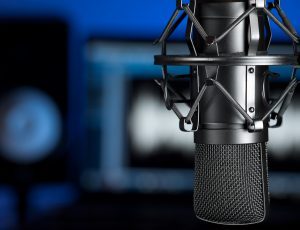
Musings at the Mic – BY SCOTT THOMAS So…you’ve been told you have a great voice. Yep…as far back as you can remember, people have dropped that line on you – at the checkout line…at restaurants…on the phone – you hear it all the time: “Wow! Has anyone ever told you what a great voice […]
